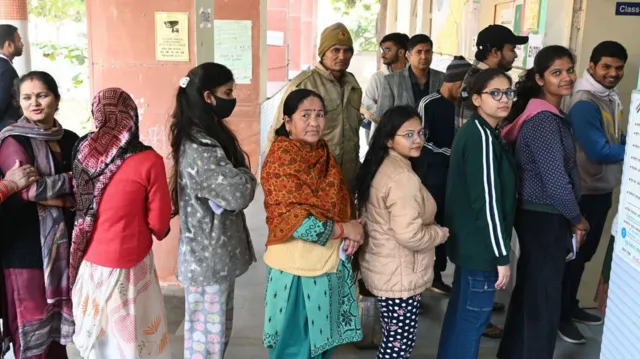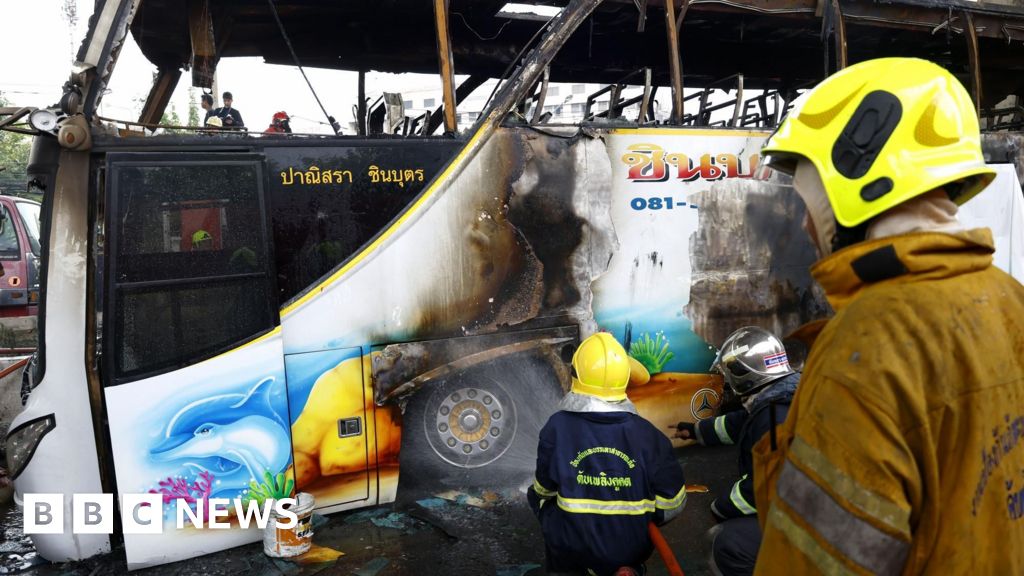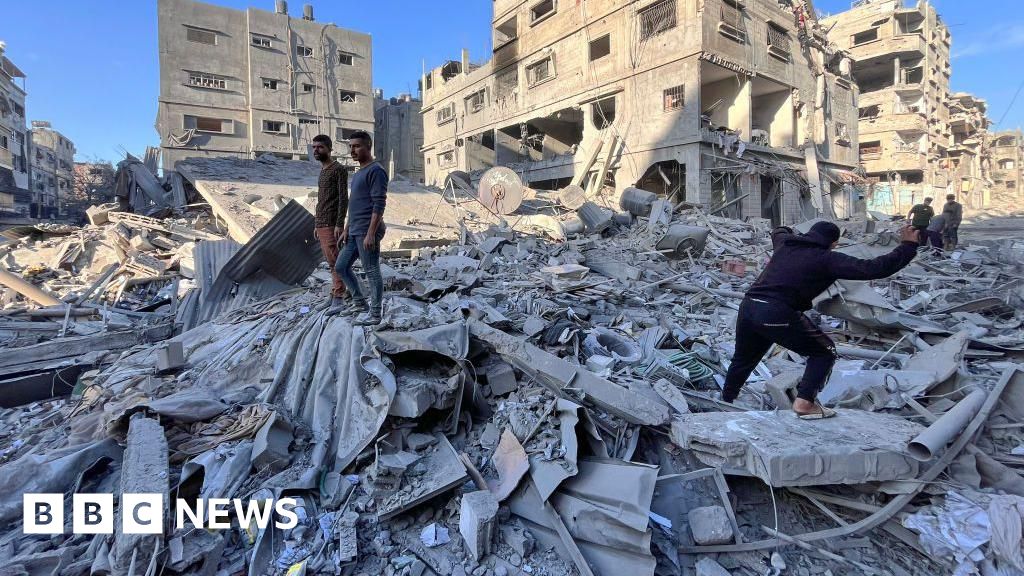BBC News, Delhi
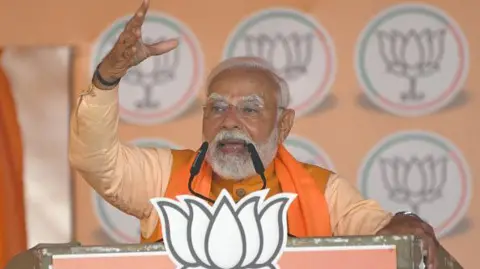 Getty Images
Getty ImagesPrime Minister Narendra Modi’s party looks set to form the government in the Indian capital Delhi after 27 years, as votes are counted after a tightly-fought election.
The Bharatiya Janata Party (BJP) has won or is leading in 48 seats in the 70-member legislative assembly, while the incumbent Aam Aadmi Party (AAP) is ahead in 22 seats, according to data from the Election Commission of India (EC).
A party that wins more than the halfway mark of 35 seats can form the government.
The election was a battle of prestige for both the BJP and AAP, given Delhi’s symbolic importance as the country’s capital.
The city, a federally-administered territory, has been governed by the AAP since 2013, with voters backing its strong record of welfarism. But the party and its leaders have faced challenges recently, with leaders embroiled in corruption allegations which they have denied.
For the BJP, securing Delhi represents more than just electoral success – it would mark a crucial foothold in the nation’s capital after being out of power there since 1998.
The party, which has had recent election successes in other states, such as Maharashtra and Chhattisgarh, threw resources at the Delhi campaign, with Modi as well as Home Minister Amit Shah attending events.
Congress, the main opposition party at the national level, was also in the race, but is unlikely to win even one seat.
The party governed Delhi from 1998 to 2013, but was ousted over allegations of corruption that saw voters turn to AAP instead. It has failed to make a mark since.
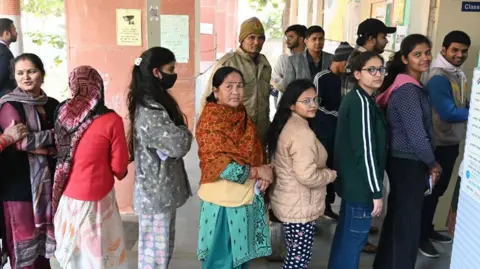 Getty Images
Getty ImagesExperts say that a BJP win in politically crucial Delhi will reinforce Modi’s popularity among Indian voters after his party lost its outright majority in last year’s general election.
The defeat is also a big blow to the AAP, a much smaller party which was praised in its early years in power for focusing on improving education and health facilities in the city. It is also in power in Punjab state, but retaining Delhi would have been a big triumph for the beleaguered party which now faces an uncertain future.
On Saturday, the biggest upsets for AAP included top leaders Arvind Kejriwal and Manish Sisodia losing in the New Delhi and Jangpura constituencies, respectively.
Incumbent Chief Minister Atishi managed only a narrow victory from the Kalkaji constituency.
More than 60% of eligible voters cast their ballot in the poll this time. Most exit polls had predicted an absolute majority for the BJP, although such predictions have gone wrong in the past.
Much of the BJP campaign targeted Kejriwal, an anti-graft activist, who – along with Sisodia – was jailed in a corruption case relating to a now-scrapped alcohol sales policy over the past two years. Both of them separately got bail last year after spending months in jail.
Kejriwal, who denies all allegations, has accused Modi’s party of carrying out a “political vendetta” against him and the AAP, which the BJP denies.
The Supreme Court’s bail conditions banned him from entering the chief minister’s office or signing files. Kejriwal resigned from the role days after his release from prison.
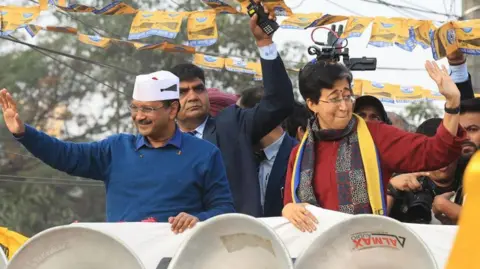 EPA
EPADelhi has a unique governance structure. Key decisions related to public order, police and land are taken by the lieutenant governor (LG) who is appointed by the federal government. The state legislature handles matters including education, health and public services.
This division has often caused friction between the federal government and state legislature when they are run by rival parties.
The power structure is also a reason why the election campaigning in Delhi is more focused on welfare than on political or identity issues, which play a larger role in elections elsewhere in the country.
The AAP and BJP campaigns both promised improvements to public schools and free healthcare services as well as cash handouts to women.
Meanwhile, the BJP also hoped for a boost from last week’s federal budget, which slashed income tax for the salaried middle class, a key voting bloc in the capital.
The bitter, weeks-long campaign to win the capital focused strongly on welfare facilities for its residents. One topic, however, remained off the agenda – Delhi’s perennial air pollution crisis that affects the city of more than 30 million for much of the year.
The BJP has promised to reduce the city’s Air Quality Index (AQI) by half by 2030 if it wins, and other parties also made references to the crisis in their manifestos. But the issue didn’t dominate discussions or become a talking point in the election campaign.
Follow BBC News India on Instagram, YouTube, Twitter and Facebook.
